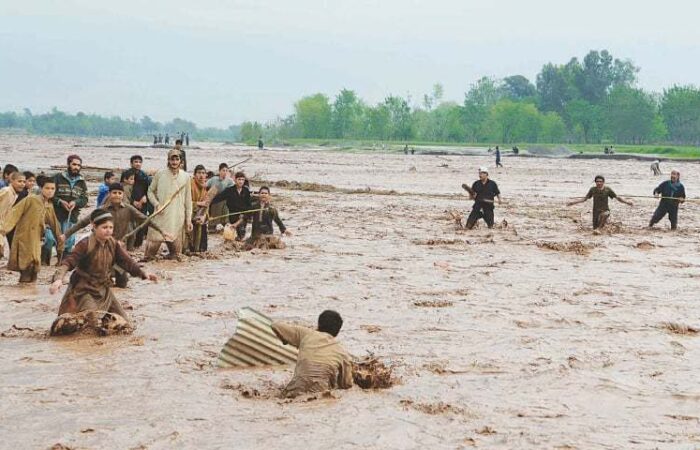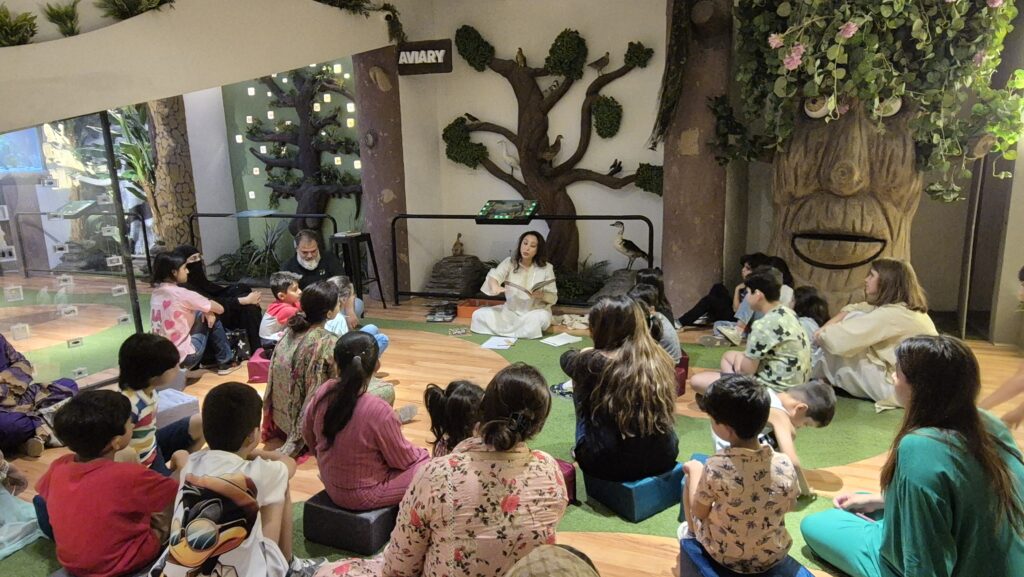
What is Storytelling?
To understand the power of storytelling, picture a summer evening in Lahore. The electricity has gone out (again) and a family gathers on the rooftop under a star-studded sky. A grandmother begins to tell a story in Punjabi. The tremors in her voice overlap with the needling buzz of a mosquito and the distant hum of rickshaws.
She speaks of a wise banyan tree in the village where she grew up. Here birds traded secrets with the wind and rivers ran clean. Her grandchildren listen, wide-eyed. The city around them dissolves and the world of imagination comes alive.
This is storytelling! The act of sharing stories through spoken words, writing, art or media. It’s how we pass down experiences, ideas, and traditions.
At its heart, storytelling is a conversation between the teller and the listener.
Often we associate mental health with a mental disease or disorder. This is far from the case. Mental health is a state of well being. A healthy mind influences your social, psychological and emotional state.
You are then better equipped to deal with the stresses of life, realise your abilities, develop a growth mindset and give back to your community. If you think about it, only when your own cup is full, can you fill another’s.
This is where nature therapy comes in!
Why is Storytelling so Powerful?
Because storytelling is universal! It’s one of the oldest ways humans have made sense of the world.
Long before we had books or screens, people told stories around fires or carved them into cave walls. From ancient myths and bedtime tales, to podcasts and netflix, storytelling has been a powerful way to:
- share knowledge,
- pass down values, and;
- bring people together across cultures and generations.
But the power of storytelling goes beyond entertainment, it helps us connect.
What is the Concept of Storytelling?
It’s more than just sitting and narrating something to a listener. It’s more than just speaking words strewn together. It’s about building something deeper – connection. With ourselves and those around us.
So, what are storytelling benefits?
1. The Love Drug
What is oxytocin in storytelling? Ever heard of the love hormone? The moral molecule or the cuddle hormone? All in one, it’s the release of oxytocin in our body. The hormone that helps us connect, feel, empathise – love.
When we listen to a good story, our brains respond with these emotions. Empathy, compassion, loss, sadness, excitement, nostalgia. The list goes on. As you relate to the protagonist (or even antagonist) you learn the human side of things.
You may even fall in love! The narrator (in this case your grandmother), takes out the time to speak to you. To have you lay on the charpai with her, as she strokes the hair away from your eyes. You both teleport into a new world together.
You interject and ask questions. She patiently answers, as you embed her voice, her tone, her mannerisms in your subconscious. The koel lets out its call just as the story takes a twist. Forever etching it in your memory.
The connection you build on this journey with her, is a lasting one. Of love.
2. (Brain) Muscle Memory
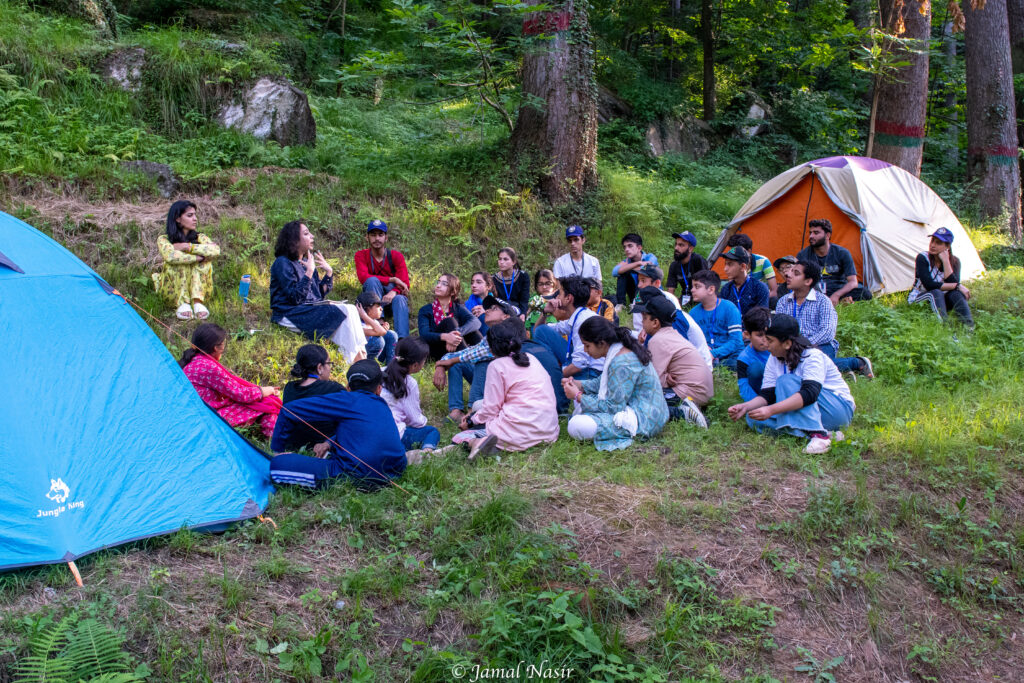
Research shows that stories activate more areas of the brain than facts alone. They build an association, making them easier to remember and more meaningful.
Why do we remember some things effortlessly, while others fade the moment we hear them? A child might forget their science lesson by the weekend, but still recall every detail of a story about Zahida, the potato farmer in Hunza, or the markhor who saved the mountain. It turns out, this isn’t magic. It’s memory science.
In 1969, two Stanford professors, Bower and Clark, asked students to memorize ten sets of unrelated words. One group tried to memorize them as-is. The other? They turned each set into a story. The results were astonishing! The story-makers remembered six to seven times more words than those who didn’t use a story. That’s not a small boost, it’s the cognitive equivalent of running a 100-meter sprint six times faster! In other words, weaving boring facts into vivid, imaginative stories, make them unforgettable.
So what happens when a child listens to a story about a bee interacting with a cluster of jasmines?
- Their brains form emotional connections to new information.
- They create mental “hooks” that link new ideas to what they already know.
- Their brain waves start to sync with the storyteller’s, improving comprehension and retention.
- And through this process, they’re not just absorbing facts, they’re building long-term memory pathways.
Stories then help the brain make sense of complexity which is exactly what environmental issues often are. Through storytelling, even a five-year-old can grasp ideas like climate change, water scarcity, or biodiversity loss. Not through encyclopedic explanations, but through living, breathing stories that turn abstract science into something personal and unforgettable.
3. Finding Purpose
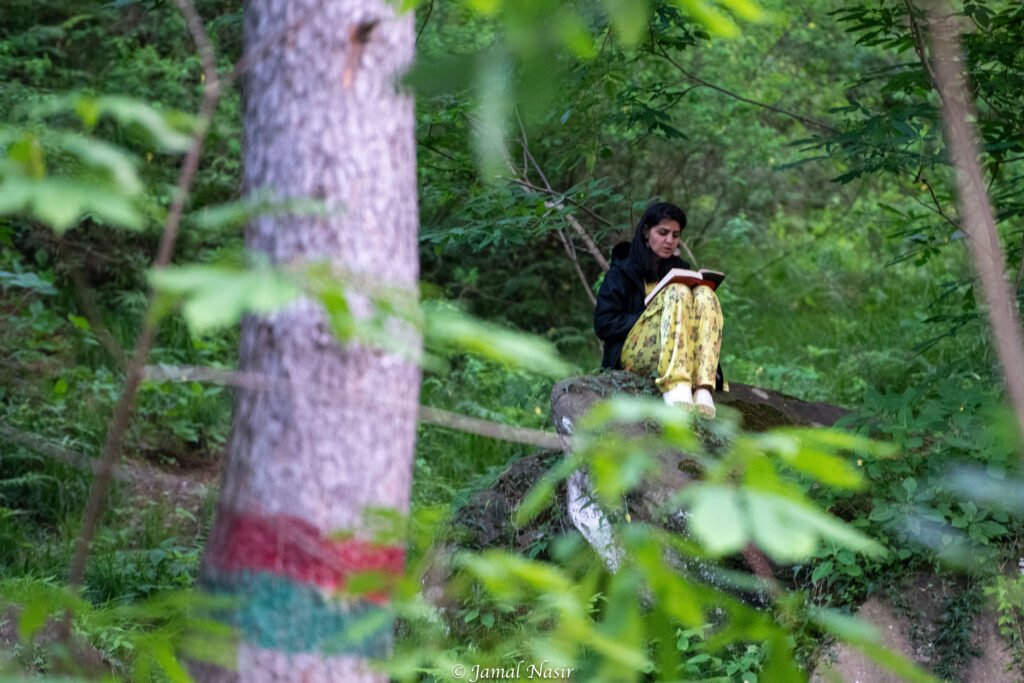
Stories help us find meaning in everyday life. A story about a child saving a tree or a community protecting its water, can inspire hope, spark action, and remind us that we all have a role to play.
Have you ever noticed how the simplest family stories tend to stick? Maybe it’s your father remembering how, as a teenager, he could buy a full meal from the school canteen for just one rupee, or the large neem tree in your lawn planted by your grandmother 40 years ago. These stories do more than entertain, they shape who we are.
A study showed that young people who know more about their family’s past tend to have:
- Higher self-esteem
- Less anxiety
- A stronger sense of meaning and purpose
Why? Because stories act like mirrors and blueprints at the same time. They reflect back the emotional environment we grew up in, and show us how others around us made sense of tough choices, unexpected losses, and small triumphs.
Whether we realise it or not, we begin to weave our own narratives in response!
And the power of storytelling isn’t one-sided. Every time we share a story, we’re not just passing on information, we’re offering meaning. A story told around a dinner table in Karachi or a campfire in Skardu becomes a thread in someone else’s story, their beliefs, their aspirations, even their future decisions.
They help us find our place in the world, and just as importantly, remind us we belong to something bigger than ourselves.
4. Preserving Tradition
What’s more, storytelling has been an integral part of South Asian culture. Whether it’s folk tales shared in Urdu, Punjabi, Burushaski, or Saraiki. Legends have been passed down by elders peeling oranges on their charpais. These stories carry wisdom, values, and emotions from one generation to the next.
And though these stories might emerge from different regions, they often converge on universal themes such as love, bravery, justice, and the resilience of the human spirit. A prince born with only one half (Adhra), a thief who redistributes wealth (Layak Tchoor), or a humble man who gives all he has (Wali Dad).
It’s remarkable how stories from far-flung corners of the world can echo one another so closely, reminding us that values like empathy and courage are shared across cultures, even when told in different tongues.
No matter where we’re from deserts, mountains, or megacities, we’re drawn to the same ideas. Kindness wins. Bravery matters. Joy can be a force for good. These stories may speak different dialects, but they share a common language: the wisdom of being human.
You can find mystical beasts or ethereal creatures in these stories.
Here are some in Northern Pakistan that we learnt about from History by Huzaifa:
- The Barmanu, is the Pakistani version of a bigfoot
- Barzangi, is an ancient giant in deep slumber
- Diyu, is a fire orb that appears in front of lone travelers to mislead them.
- Gor or rui, are witches that hunt souls
- Pashu, are the witch hunters who chase the gor/rui
- Nahang, are dragons that hide within lakes.
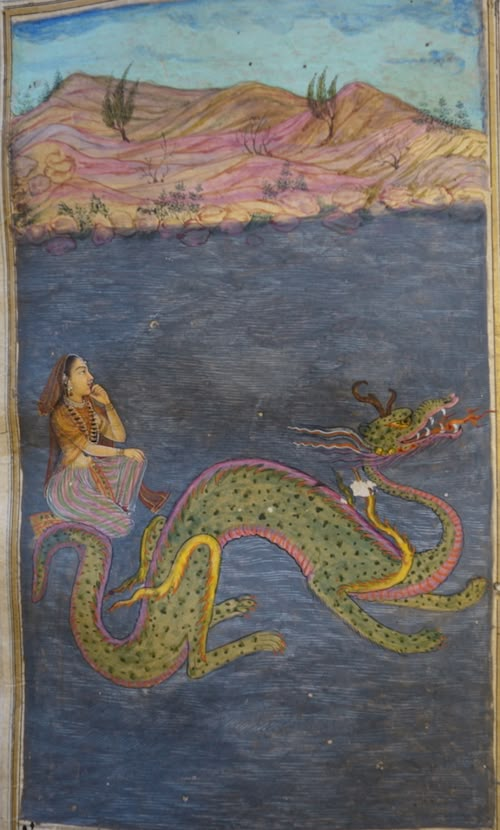
5. Thinking About Thinking
Ever watch a child lean in closer during storytime, eyes wide, guessing what might happen next? That’s no accident.
Modern research suggests storytelling encourages critical thinking as children predict outcomes, understand cause and effect, and pick up on hidden clues. It helps children ask “why,” explore “what if,” and imagine “what could be.” Start early, and you’ll raise little minds ready to question the rules and build bold ideas!
The power of storytelling is more than flexing brainpower. It builds:
- Language and Communication
- Emotional Intelligence
- Memory and Sequencing
- Confidence and Self-Expression
By immersing children in stories – from folktales of the Azhdaar, a fire-breathing, treasure-hoarding dragon in the mountains of Chitral, to tales of community heroes – we invite them to explore new worlds and perspectives. And this foundation sets them on a lifelong path of curiosity, learning, and meaningful connection.
The Power of Nature Stories
Let’s be honest: facts alone rarely move us into action. We’ve seen the graphs, read the reports, and heard the warnings. Yet progress is slow.
So how do we cut through the noise? How do we move people from indifference to action?
We tell stories.
Stories that breathe life into the climate crisis, that show the human heartbeat behind the headlines, and that call us to connect with the living world.
That’s where the 4 P’s of storytelling come in, a simple but powerful guide to building narratives that don’t just inform, but transform.
In a world facing climate change, biodiversity loss, and water crises, stories have never mattered more.
According to experienced storytellers, the best environmental stories strike a balance between heart and science. It’s this mix of emotion and information that really sticks with people, and sometimes even moves them to take action. A story that weaves in real facts about climate change, endangered species, or pollution, while also making the listener feel something, is far more powerful than a dry list of statistics.
These storytellers also stress the importance of balance in tone. Yes, it’s important to talk about the environmental catastrophes we face, but it’s just as important to highlight stories of hope – people planting trees, cleaning rivers, or protecting endangered species. The power of nature storytelling is seen in this blend of urgency and optimism, keeping listeners engaged and motivated, rather than overwhelmed.
They make abstract science feel personal. They offer numerous benefits for children including a boost in memory, empathy, curiosity, imagination and problem-solving skills. And most importantly, nature stories can inspire people to protect, to restore, and to reimagine a better relationship with the natural world.
Let’s Wrap Up this Story!
The power of storytelling goes beyond sparking children’s imagination, it inculcates a sense of empathy, moral courage and optimism. And as for nature stories – rooted in local places, languages, and wildlife – they remind us that nature is all around us, in guava orchards, the monsoon rains, and even in our manicured lawns.
By sharing these stories, we give children not only a sense of wonder and connectedness, but also a deep understanding of their role in protecting this beautiful planet we call home.
So next time you sit down with a child, tell them a story about the earth, the sky, the trees, and the animals. You might just plant a seed of love and care that grows into a lifelong commitment to the environment.


